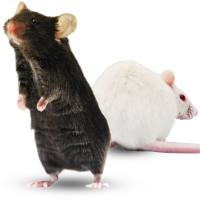The cerebral microvasculature possesses certain cellular features that constitute the blood–brain barrier (BBB) (Abbott et al., Neurobiol Dis 37:13–25, 2010). This dynamic barrier separates the brain parenchyma from peripheral blood flow and is of tremendous clinical importance: for example, BBB breakdown as in stroke is associated with the development of brain edema (Rosenberg and Yang, Neurosurg Focus 22:E4, 2007), inflammation (Kuhlmann et al., Neurosci Lett 449:168–172, 2009; Coisne and Engelhardt, Antioxid Redox Signal 15:1285–1303, 2011), and increased mortality. In vivo, the BBB consists of brain endothelial cells (BEC) that are embedded within a precisely regulated environment containing astrocytes, pericytes, smooth muscle cells, and glial cells. These cells experience modulation by various pathways of intercellular communication and by pathophysiological processes, e.g., through neurovascular coupling (Attwell et al., Nature 468:232–243, 2010), cortical spreading depression (Gursoy-Ozdemir et al., J Clin Invest 113:1447–1455, 2004), or formation of oxidative stress (Yemisci et al., Nat Med 15:1031–1037, 2009). Hence, this interdependent assembly of cells is referred to as the neurovascular unit (NVU) (Zlokovic, Nat Med 16:1370–1371, 2010; Zlokovic, Neuron 57:178–201, 2008). Experimental approaches to investigate the BBB in vitro are highly desirable to study the cerebral endothelium in health and disease. However, due to the complex interactions taking place within the NVU in vivo, it is difficult to mimic this interplay in vitro.
Here, we describe a murine blood–brain barrier coculture model consisting of cortical organotypic slice cultures and brain endothelial cells that includes most of the cellular components of the NVU including neurons, astrocytes, and brain endothelial cells. This model allows the experimental analysis of several crucial BBB parameters such as transendothelial electrical resistance or tight junction protein localization by immunohistochemistry and live cell imaging of reactive oxygen species.






